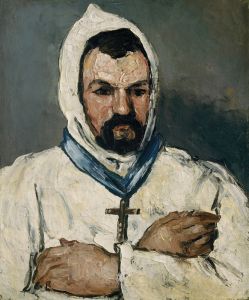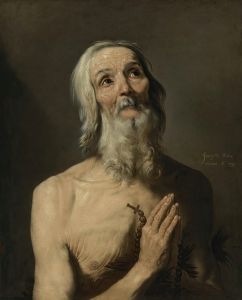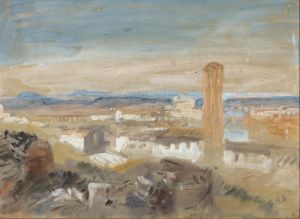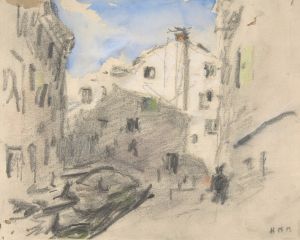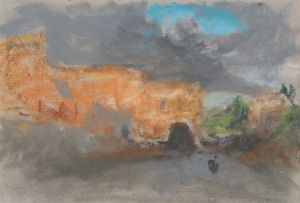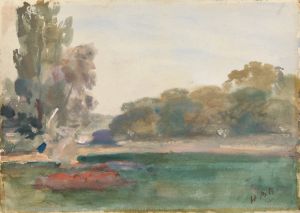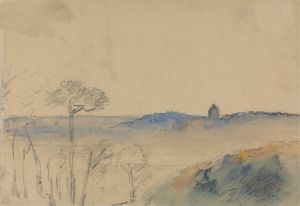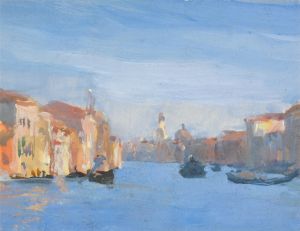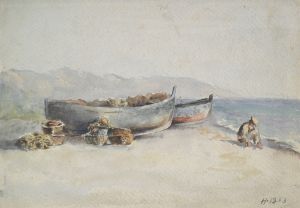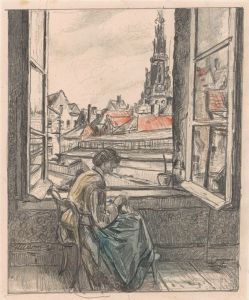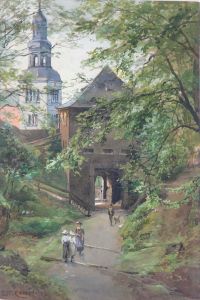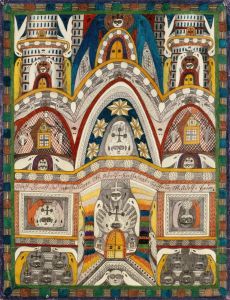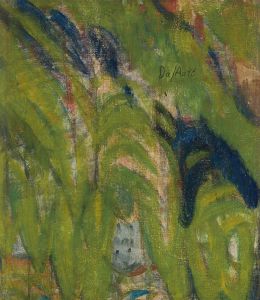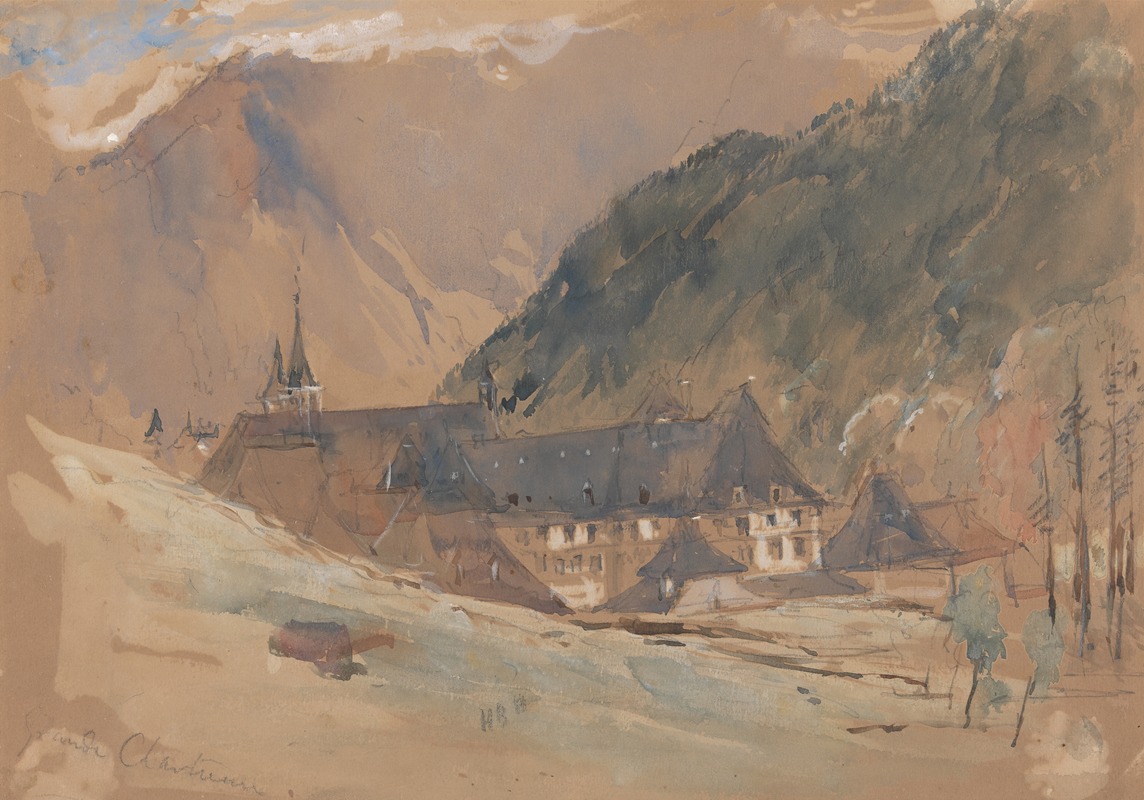
Grande Chartreuse
A hand-painted replica of Hercules Brabazon Brabazon’s masterpiece Grande Chartreuse, meticulously crafted by professional artists to capture the true essence of the original. Each piece is created with museum-quality canvas and rare mineral pigments, carefully painted by experienced artists with delicate brushstrokes and rich, layered colors to perfectly recreate the texture of the original artwork. Unlike machine-printed reproductions, this hand-painted version brings the painting to life, infused with the artist’s emotions and skill in every stroke. Whether for personal collection or home decoration, it instantly elevates the artistic atmosphere of any space.
Hercules Brabazon Brabazon (1821–1906) was a British artist known for his watercolors and his distinctive style, which combined elements of Romanticism and Impressionism. He often painted landscapes, architectural scenes, and atmospheric studies of light and color. One of his works, Grande Chartreuse, depicts the famous Carthusian monastery located in the French Alps near Grenoble.
The Grande Chartreuse monastery, founded in 1084 by Saint Bruno, is the motherhouse of the Carthusian Order. It is renowned for its secluded location in a remote valley surrounded by dramatic mountain scenery. The monastery has long been a source of inspiration for artists, writers, and travelers due to its spiritual significance and picturesque setting.
Brabazon’s depiction of the Grande Chartreuse reflects his characteristic approach to art. He favored a loose, expressive style, often using watercolor to capture the fleeting effects of light and atmosphere. His works were not intended to be precise, detailed representations but rather evocative impressions of a scene. In Grande Chartreuse, Brabazon likely focused on the interplay of light and shadow, as well as the serene and contemplative mood of the location.
Brabazon was an amateur artist who did not pursue art as a profession during his lifetime. He came from a wealthy family and was able to travel extensively throughout Europe, drawing inspiration from the landscapes and architecture he encountered. His work was influenced by earlier masters such as J.M.W. Turner, and he was particularly drawn to capturing the essence of a place rather than its exact details.
Although Brabazon’s art was not widely recognized during his lifetime, he gained posthumous acclaim for his innovative techniques and his ability to convey atmosphere and emotion. Today, his works are appreciated for their unique blend of Romantic and Impressionist elements.
Specific details about the creation date or circumstances of Grande Chartreuse are not readily available, but the painting is consistent with Brabazon’s broader body of work, which often featured European landmarks and landscapes. The painting serves as a testament to his skill in capturing the spirit of a location through his distinctive artistic vision.





